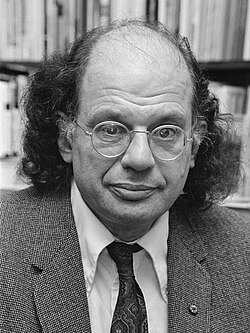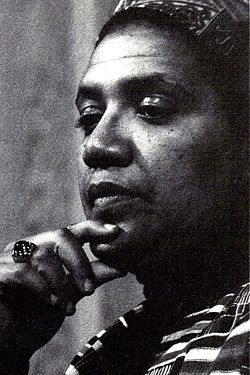More actions
< Poetry
Added intro. |
No edit summary |
||
| Line 18: | Line 18: | ||
<div style="display: flex; justify-content: center; padding: 25px 0 25px 0;"> | <div style="display: flex; justify-content: center; padding: 25px 0 25px 0;"> | ||
{| style="width: 80%;" | {| style="width: 80%;" | ||
|- style="font-align: left;" | |||
| colspan="3" | {{Big|Maya Angelou}} | |||
|- style="vertical-align: top;" | |||
| colspan="3" |{{bulleted list|“[[February 23, 2023|Still I Rise]]”}} | |||
|- | |||
| colspan="3" | {{Line}} | |||
|- style="font-align: left;" | |- style="font-align: left;" | ||
| colspan="3" | {{Big|Margaret Atwood}} | | colspan="3" | {{Big|Margaret Atwood}} | ||
Revision as of 09:16, 23 February 2023
Poetry after World War II is often referred to as the "post-war" or "contemporary" period.
General Characteristics
|
|---|
|
Some general characteristics of contemporary poetry include:
These characteristics are not exhaustive, and there is considerable variety and diversity within post-war poetry. However, they provide a sense of some of the key features of the period. |
| Maya Angelou | ||
| Margaret Atwood | ||
| ||
| Gwendolyn Brooks | ||
| Constantine Cavafy | ||
 | ||
| Lucille Clifton | ||
| Allen Ginsburg | ||
 | ||
| Audre Lord | ||
 | ||
| Philip Larkin | ||
| Robert Lowell | ||
 | ||
| Edna St. Vincent Millay | ||
|
 | |
| Adrienne Rich | ||
| Carl Sandberg | ||
| ||
| Patricia Smith | ||
| Mark Strand | ||
| Derek Walcott | ||
|
 | |
